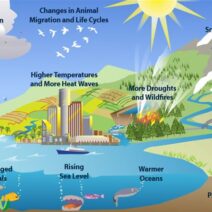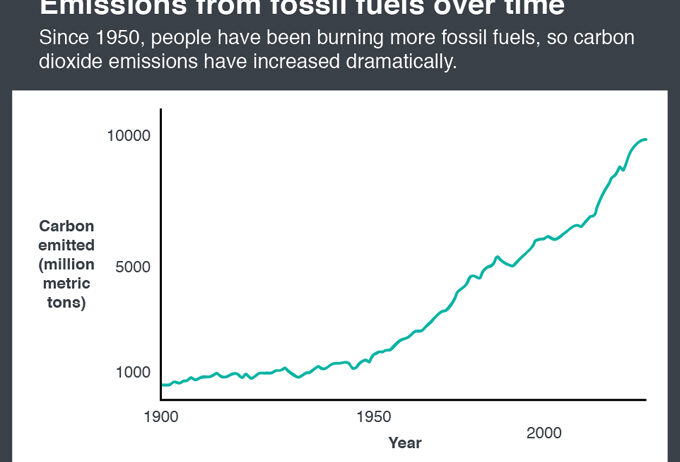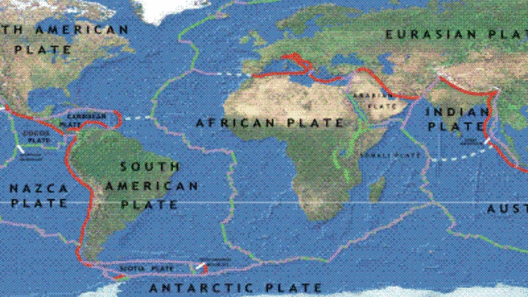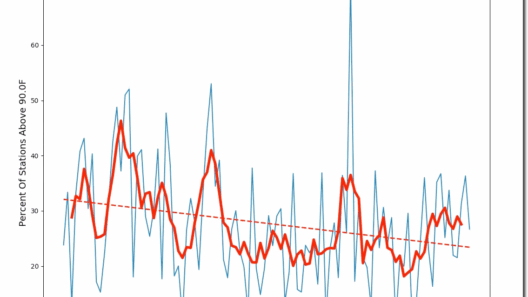The issue of waste management represents a critical challenge in the intersection between human activity and environmental sustainability. As societies continue to generate mountains of waste each year, the long-term implications of this accumulation play a decisive role in fueling global warming and exacerbating climate change. The phenomenon of landfill sites is at the heart of this dilemma, highlighting the intricate relationship between waste, emissions, and the changing climate.
Landfills are not merely repositories for discarded materials; they are complex chemical and biological ecosystems. As organic waste decomposes, it generates methane, a potent greenhouse gas that is over 25 times more effective at trapping heat in the atmosphere than carbon dioxide over a 100-year timespan. Methane emissions from landfills constitute a significant percentage of global greenhouse gas emissions. In fact, according to recent statistics, landfills contribute approximately 18% of the total methane emissions in the United States alone. This statistic underscores the urgency with which society must address its waste management practices.
Landfills are filled with diverse types of waste, each contributing differently to greenhouse gas emissions. Organic material, such as food and yard waste, is particularly concerning. When buried, these materials decompose anaerobically, producing methane as a byproduct. Conversely, inorganic materials, such as plastics and metals, may leach harmful substances into the soil and water but do not directly emit greenhouse gases. The juxtaposition of organic and inorganic waste necessitates a nuanced understanding of their respective environmental impacts.
Across the globe, the phenomenon of landfill overflow is becoming increasingly apparent. Urbanization and consumer culture lead to exponential increases in waste generation. Many communities are inadequately equipped to manage the sheer volume of refuse, resulting in illegal dumping and unregulated waste sites. Such practices not only undermine public health but also cause significant harm to ecosystems, contributing to soil and water contamination that can persist long after a landfill is closed. Alternatives to traditional waste disposal methods, such as recycling and composting, are often underutilized or ignored.
Another aspect of the landfill legacy involves the long-term sequestration of waste. Once a landfill reaches capacity, it is typically capped and monitored, but the waste decomposing beneath the surface continues to emit greenhouse gases over decades, if not centuries. This prolonged timeline of emissions poses a significant obstacle to climate mitigation efforts. Thus, a proactive approach to waste management must be prioritized, focusing not merely on reducing waste generation but also on the methods of disposal and the lifecycle of products.
In addition to addressing organic waste management, municipalities can also implement strategies to reduce plastic waste. Plastic, which can take hundreds of years to decompose, contributes significantly to the volume of landfill content. The microplastics resulting from plastic decomposition pose severe risks to both environmental and human health. Producers should be held accountable for the lifecycle of their products, fostering a circular economy where resources are reused and recycled, rather than discarded.
Governments and policymakers play an integral role in transforming waste management paradigms. Regulatory frameworks must foster innovative solutions that prioritize waste reduction, recycling, and the development of sustainable products. Extended Producer Responsibility (EPR) is one such strategy that shifts the burden of waste management from consumers and local authorities to producers. By holding manufacturers accountable for their products after sale, EPR encourages companies to consider the environmental impact of their goods from inception to disposal.
Public awareness and education are equally vital in the quest to address landfill-related emissions. Communities must be informed about the importance of reducing waste generation and adopting sustainable practices. Educational campaigns can encourage residents to engage with recycling programs, composting initiatives, and community clean-up efforts. Ultimately, informed citizens are empowered to make choices that significantly reduce waste and, consequently, landfill pressure.
Technological advancements present additional avenues for mitigating waste’s climate impact. Innovations in waste processing systems, such as anaerobic digesters, can capture methane emissions and convert them into usable energy. This not only reduces greenhouse gas emissions but also offers a renewable energy source that can power local communities. Moreover, advancements in material science and product design can lead to biodegradable alternatives that break down more readily in natural environments, further mitigating landfill contributions.
While the challenge of managing waste and its climate implications is daunting, fostering collaborative efforts among governments, industries, and citizens can pave the way for transformative change. Collective responsibility is paramount in addressing the underlying issues of waste generation. Local initiatives, regional policies, and international agreements—implemented with relentless commitment—can lead to a reduction in landfill emissions and a significant decrease in the overall carbon footprint associated with waste.
In conclusion, the landfill legacy is an inextricable part of understanding the consequences of human consumption and waste production. As methane escapes into the atmosphere, the implications for global warming and climate change become increasingly dire. Addressing these issues hinges upon innovative waste management strategies, regulatory accountability, and public involvement. The actions taken today will determine our environmental legacy for generations to come. The future of our planet depends on how we confront the waste crisis and its contribution to the climate emergency.








